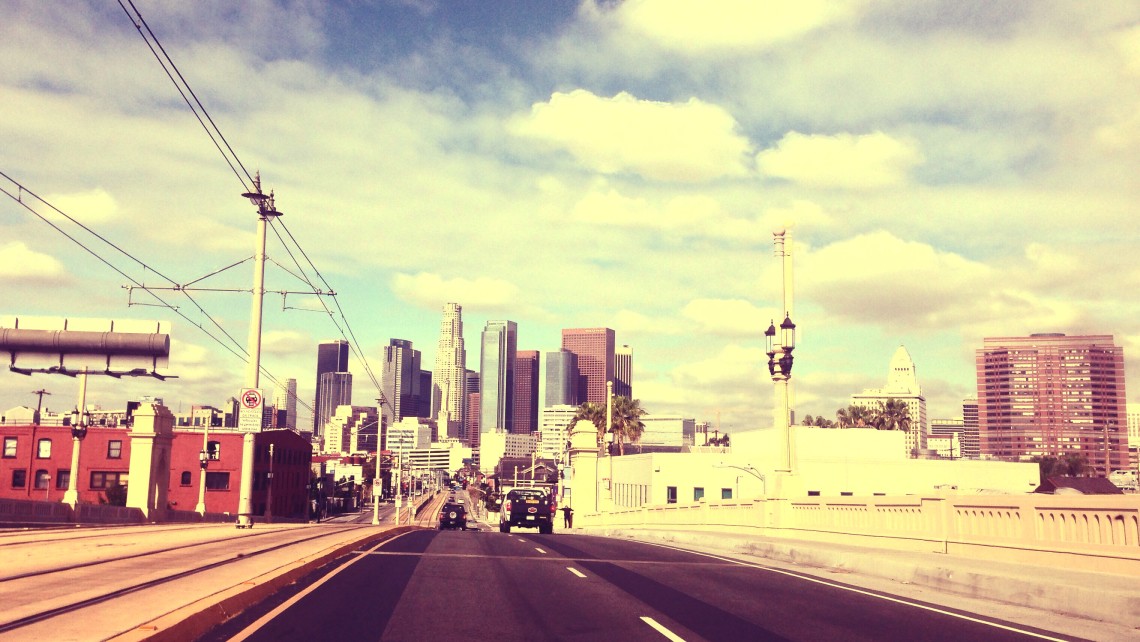As we enter a new year, we once again engage in the rhythm of examining how to change what we do in order to change who we are. It is common to think of the practices we engage in that determine the happiness of our life. The challenge in this endeavor is that all of life is a rhythm.
Rhythms are everywhere. We have learned rhythms of our day, rhythms and sounds of a bustling city, natural rhythms of the changing seasons, or cultural rhythms that become second nature in our lives. We have both rhythms that preserve tradition in our life and rhythms we would rather not keep (you know what that one thing in your life you just can’t seem to get rid of). But we rarely think of the rhythms of our day as lived liturgy.
In fact, if our rhythms have meaning that is beyond the act itself, then these rhythms are more than just rhythms. They are a liturgy that has something at the center.
Several months ago I had a conversation with a young lady in a coffee shop. She found out I went to church and so thought it was only appropriate to ask me about the concept of “liturgy.” One of her favorite philosophers, Emmanuel Levinas, used the idea of an existing natural liturgy of life of which has the ability point to “The Other.” Levinas precisely defines this natural liturgy as an “ethic of love.” So not being a church going person, she didn’t know what Levinas meant by “liturgy.” I explained that if God did exist, there is a way to relate to God in life. The rhythms and practices in our life can either reveal God or deny God.
Rarely do we view our life as liturgy. Nobody would say life is liturgical. Most of us would even avoid the language of liturgy because it brings up so many different connotations.
We pretend that the rhythms of our life do not actually have purpose other than the act itself. We rarely think the rhythms of life could actually point to something behind the rhythm. Like in the film Stranger Than Fiction, unknown to the main character, his life rhythms were in fact a way to preserve and establish a sense of control and order to his life. It is only when he is freed from these rhythms that he becomes alive to a liturgy of love.
Until we slow down, we are unaware of how the liturgy of our life drives our actions and our internal world. We must understand what drives us and what meaning these rhythms have in our life. Otherwise, we will be driven unknowingly by what truly is in our hearts.
Silence is one of the best ways to reveal this liturgy. A good friend, Brandon Vedder, is releasing a new film, In Pursuit of Silence, which highlights the fact that constant noise is shaping and defining our existence. We have created rhythms to drown out everything from uncomfortable silence to our own emotions. It is only when we are aware of silence that we can be aware of sound. While uncomfortable for most, films like this one not only highlight dimensions absent from our life rhythm but also moments that perhaps unknowingly already exist within our life.
Rhythms form the structure of life and move us from one moment to another. Once we are aware of this liturgy, we awaken. Irish poet John O’ Donohue says, “awakening causes you to lose touch with the familiar.” Once we see the liturgy of life, nothing stays familiar. When we see liturgy we are able to see the beauty and purpose in life. Nothing is ordinary.
We must determine the liturgy we are living. For most, ours is a liturgy of self. However, there is only one liturgy worth living: the liturgy that brings life and freedom is one that has God at the center.
